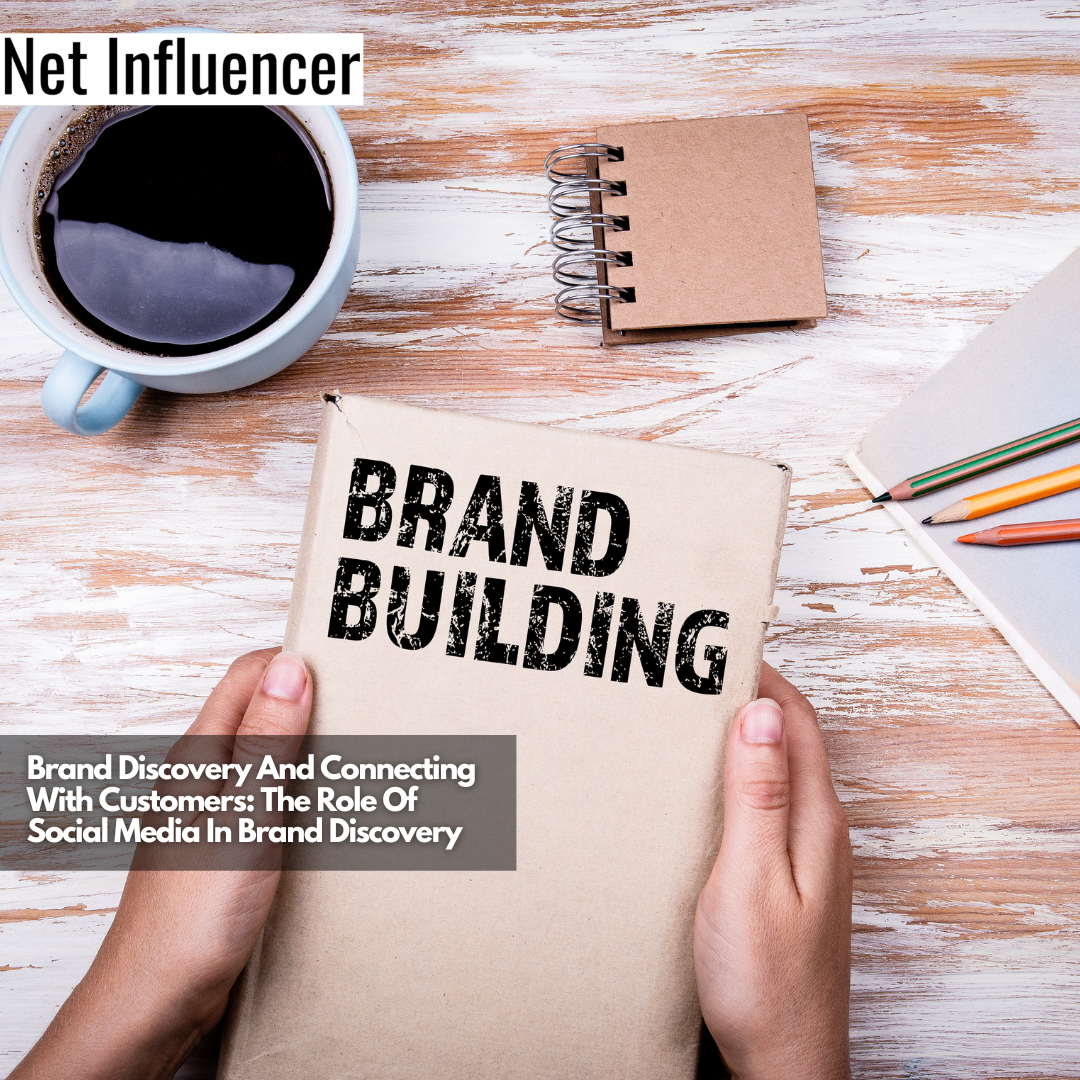Influencer
Brand Discovery And Connecting With Customers: The Role Of Social Media In Brand Discovery
Many people rely on social media to get the latest news updates and connect with family and friends. Today, more and more users are also relying on social media to discover new brands, especially within the younger generations. Momentive’s Social Media and the Brand-Customer Relationship report dives into the data around this phenomenon. Keep reading to find out more about the results and key takeaways.
Social media is quickly becoming the primary way younger generations find out about the hottest brands. Although older generations still rely on word of mouth and television ads, they too are adapting to technology trends and are more plugged in than ever. This increase in social media usage has been driving brands to build out more robust social media strategies on multiple platforms.
According to the Social Media and the Brand-Customer Relationship report by Momentive, nearly four in five Gen Zers and Millennials have made a purchase in the last 12 months after seeing an ad for the product in their social media feeds. The report also uncovers several key data points around which platforms different generations use the most and which types of content people like to consume on those platforms to aid brand discovery.
Who Conducted the Survey?
The Social Media and the Brand-Customer Relationship report was compiled by Momentive. The company delivers “intuitive, people-centric solutions that help industry leaders quickly and confidently make important decisions, take action, and achieve tangible results.” Momentive’s AI-powered platform aims to balance humanity and technology and utilizes over 20 years of industry experience to run their three product brands: Momentive, GetFeedback, and SurveyMonkey.
Survey Methodology
Momentive conducted this study between February 10th and 11th in 2023. They surveyed a national sample of 2,631 adults in the United States (aged 18 and older). The respondents were selected from an audience of over two million people who take surveys on the Momentive platform. Data were weighted for age, race, sex, education, and geography according to the US Census Bureau’s American Community Survey.
Three Key Takeaways
1. Younger consumers rely heavily on social media to connect with brands. Gen Z relies more on social media to discover new brands than any other source, while older generations remain reliant on TV ads and word of mouth for brand discovery.
2. Instagram, TikTok, and YouTube are the leading platforms for customers to connect with brands among Gen Z and Millennials. Facebook is not a preferred platform for Gen Z.
3. Brands must use a variety of content when reaching out to TikTok users, especially when it comes to Gen Z and Millennials to drive brand discovery
What Does This Mean for Influencer Marketing?
The first takeaway shows the younger generations shifting away from advertising methods of the past, specifically word of mouth and television advertisements. The report found Gen Z and Millennials say they find out about new brands from social media (63% and 58%) than say they rely on friends and family (40% and 49%) and TV ads (32% and 44%). The older generations (Gen X and Baby Boomers) still rely more on word of mouth from friends and family (50% and 56%) and TV ads (52% and 59%) than social media (46% and 28%).
While this data may not seem like groundbreaking news, it’s hard evidence that social media is becoming the new preferred method of advertising amongst younger generations. In terms of influencer marketing, brands who cater primarily to Gen Z and Millennial customers will continue to rely on influencer partners to attract new raving fans and drive brand discovery. The data also revealed that all brands risk “customer fatigue” and the majority of consumers of all ages (85%) say they get tired of seeing repeated ads on social media. Brands should consider incorporating more diversification in their ad campaigns to avoid turning off potential customers.

The second takeaway highlights Facebook’s dwindling popularity among our youngest generation. The report shows almost half (46%) of Gen Zers say they follow a brand on Instagram, followed by 40% on YouTube, 38% on TikTok. Only 29% reported following a brand on Facebook.
Another interesting finding was that content posted on different social media platforms is perceived differently by customers. Gen Z consumers viewed brand content as “fun” when it was posted on TikTok and Instagram. They also perceived brand content as the most authentic when it is posted on YouTube. Authenticity has never been more important on social media, as more people crave a genuine connection to influencers and brands.

The third takeaway refers to the importance of brands incorporating diversity into how they reach and connect with their target audiences. Research shows people tend to prefer certain types of content on different social media platforms. Momentive found that on TikTok, “users prefer general content and tutorials or educational content, and have little desire for brands interacting with users in the comments section. Gen Zers prefer to see tutorials (36%), memes (36%), general content (33%), and influencer collaborations (32%), while Millennials are particularly fond of brand effects (37%).”
Both content creators and brands should take note of these findings and consider incorporating them into their strategies. Knowing what content users expect on different platforms can help make the social media experience more personal and foster a stronger connection.

Overall, Momentive’s report provides valuable information on how different generations use social media platforms. Brands that incorporate these findings going forward may experience more overall engagement. Social media influencers who take advantage of this data may have a better chance at landing top brand partnerships, especially among companies that cater to the younger generations.
Link to the Report
The Social Media and the Brand-customer Relationship report can be found on Momentive’s website, along with additional insights and research reports on work, technology, and more.





















